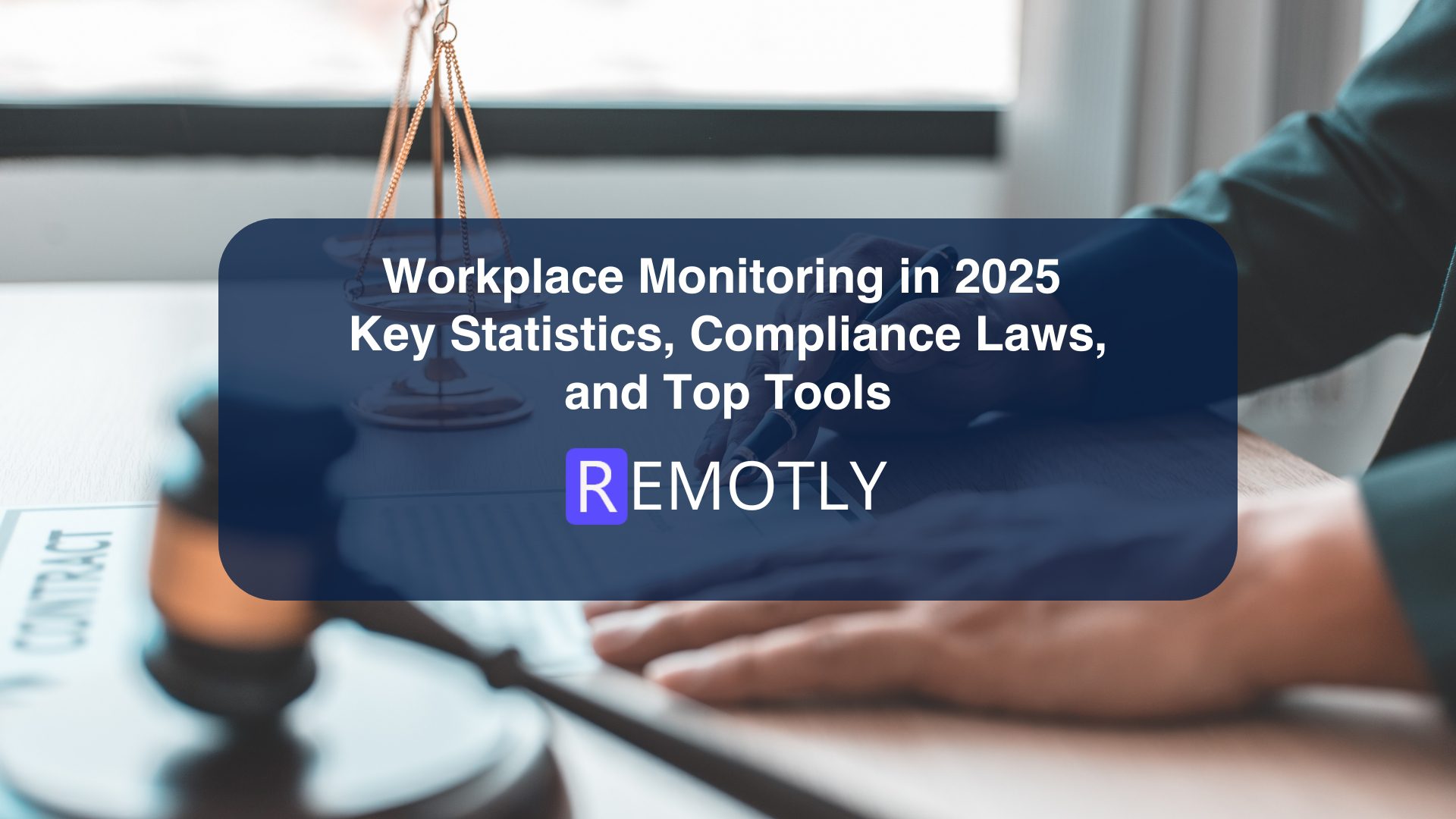Remote team collaboration involves the seamless interaction of team members who are dispersed geographically. Unlike traditional office settings where communication naturally occurs through face-to-face interactions, remote work necessitates the use of digital tools and platforms to maintain connectivity. This is where remote work tips and remote work preparation become essential to ensure productivity and collaboration.
The Essence of Effective Communication
Effective communication serves as the backbone of any successful team, ensuring alignment and reducing misunderstandings. In a remote setting, where spontaneous interactions are rare, structured communication becomes paramount. Regular updates, clear instructions, and open channels for feedback are crucial to preserving team cohesion. Moreover, establishing a culture of open dialogue encourages innovation and problem-solving, fostering a collaborative environment that transcends geographical boundaries. These remote work tips not only support team performance but also enhance communication flow in work from home environments.
Navigating the Challenges of Remote Communication
Remote communication presents unique challenges, such as time zone differences, cultural variations, and technical issues that can impede smooth interactions. The absence of non-verbal cues in digital communication can lead to misinterpretations, increasing the potential for conflict. To overcome these obstacles, teams must be proactive in their communication efforts, employing strategies that enhance clarity and understanding. Additionally, fostering an environment where team members feel comfortable voicing concerns is essential for addressing communication barriers. Following proven remote work tips can help mitigate these common challenges in a work from home setup.
The Role of Digital Tools in Remote Collaboration
Digital tools play a vital role in bridging the communication gap in remote teams. Platforms like Slack, Microsoft Teams, and Zoom facilitate real-time interaction, while project management tools like Trello and Asana help track tasks and deadlines. It’s crucial to select tools that align with team needs and provide comprehensive training to ensure everyone is comfortable using them. Furthermore, leveraging advanced technologies such as AI-driven analytics can provide insights into communication patterns, helping optimize remote collaboration.
Strategies for Effective Remote Communication
Building effective communication in remote teams requires adopting strategies that address the unique challenges of remote work. Here are some comprehensive approaches to enhance communication within your remote workforce:
1. Leveraging the Right Communication Tools
Choosing the right communication tools is essential for remote team collaboration. Platforms like Slack, Microsoft Teams, and Zoom facilitate real-time communication, while project management tools like Trello and Asana help keep track of tasks and deadlines. Make sure everyone on your team knows how to use these tools, and if needed, provide them training. Additionally, consider integrating tools that offer seamless integration with other software, enhancing workflow efficiency and minimizing disruptions.
2. Defining Clear Communication Channels
Define clear communication channels for different types of interactions. For instance, use email for formal communication, instant messaging for quick updates, and video calls for discussions requiring visual cues. Having designated channels for specific purposes helps streamline communication and reduces information overload. Moreover, establishing a protocol for prioritizing messages can help team members manage their time effectively, ensuring that urgent matters are addressed promptly.
3. Establishing Communication Norms and Protocols
Establishing communication norms ensures that everyone is aware of the expected frequency and mode of communication. Decide on regular check-in times, preferred communication channels, and response time expectations. These norms help create a structured environment where everyone knows what to expect. Additionally, creating a communication handbook can serve as a reference guide for new team members, promoting consistency and reducing onboarding time.
4. Encouraging Regular Check-ins and Feedback
Schedule regular check-ins to keep everyone informed and engaged. Daily or weekly meetings can help align team goals and address any concerns. These check-ins also provide an opportunity for team members to share updates, ask questions, and offer feedback. Furthermore, incorporating feedback loops into regular meetings encourages continuous improvement and empowers team members to contribute to the team’s success actively.
5. Fostering a Culture of Transparency and Trust
In remote teams, transparency is essential to fostering trust. Encourage open and honest communication by sharing relevant information with the team. This includes updates on company goals, project progress, and any challenges faced. A transparent work environment fosters collaboration and trust among team members. Additionally, implementing regular town hall meetings or newsletters can keep the entire organization aligned and informed, reinforcing a unified company culture.
Hybrid Work Model: Balancing Remote and In-Office Work
As companies explore the hybrid work model, which combines remote and in-office work, communication dynamics evolve. This model offers flexibility but also requires careful planning to ensure effective collaboration.
Advantages and Flexibility of the Hybrid Model
The hybrid model offers several advantages, including improved work-life balance and increased flexibility. Because they can select where they work best, employees are more productive and satisfied with their jobs. However, it’s important to address the communication challenges that arise from this setup. A well-structured hybrid model can also attract top talent, offering the best of both worlds and catering to diverse work preferences.
Maintaining Consistency Across Work Environments
To ensure consistency in communication, establish guidelines that apply to both remote and in-office team members. This includes using the same communication tools and following the same communication norms. Regularly assess the effectiveness of these guidelines and make adjustments as needed. Additionally, creating a hybrid work policy can help clarify expectations and responsibilities, reducing ambiguity and enhancing team alignment.
Ensuring Inclusivity and Equal Opportunities
In a hybrid model, it’s crucial to ensure that remote team members feel included in all discussions and decisions. Encourage everyone on the team, no matter where they are, to participate. Use video conferencing to facilitate face-to-face interactions and create a sense of belonging. Moreover, implementing inclusive practices such as rotating meeting times can accommodate different time zones, ensuring everyone has an equal opportunity to participate.
Work-Life Balance in Remote Work
One of the key advantages of remote work is the potential for a better work-life balance. However, achieving this balance requires intentional effort and planning.
Creating and Respecting Boundaries
Encourage team members to set clear boundaries between work and personal life. This includes defining work hours, creating a dedicated home office setup, and avoiding work-related tasks outside of designated hours. Setting boundaries helps prevent burnout and ensures that employees have time to recharge. Additionally, managers should lead by example, respecting boundaries and promoting a healthy work culture that values personal time.
Prioritizing Employee Well-being and Health
Promote a culture that prioritizes employee well-being. Encourage regular breaks, physical activity, and mental health days. Providing resources and support for wellness initiatives demonstrates your commitment to the health and happiness of your team. Furthermore, offering flexible schedules can accommodate personal needs, fostering a supportive environment that enhances overall job satisfaction and retention.
Preparing for Remote Work Success
Successful remote work requires preparation and adaptability. Here are some tips to ensure your team is ready for remote work:
Conducting Comprehensive Remote Work Training
Provide training sessions on remote work best practices, including time management, communication tools, and home office setup. Equip your team with the skills they need to thrive in a remote environment. Additionally, ongoing training and development opportunities can help team members stay updated with the latest trends and technologies, enhancing their professional growth.
Ensuring Technology Readiness and Security
Ensure that all team members have access to the necessary technology and equipment for remote work. This includes reliable internet connections, updated software, and secure communication platforms. Regularly assess technology needs and address any issues promptly. Implementing robust cybersecurity measures can also protect sensitive information, maintaining the integrity and confidentiality of company data.
Gathering Feedback and Iterating on Processes
Regularly gather feedback from your team on their remote work experience. Use surveys or one-on-one meetings to identify challenges and areas for improvement. Act on this feedback to enhance the remote work experience for your team. Additionally, fostering a culture of continuous improvement encourages innovation and adaptability, helping the organization stay competitive in an ever-changing market.
Conclusion
Building effective communication in remote teams is essential for productivity and success. By leveraging the right tools, establishing clear communication norms, and fostering a culture of transparency, you can overcome the challenges of remote work. Whether managing a fully remote workforce or a hybrid model, prioritizing communication will help your team thrive in the ever-evolving world of work. Embrace these strategies and watch your remote team collaboration soar, setting the foundation for sustained growth and success.



